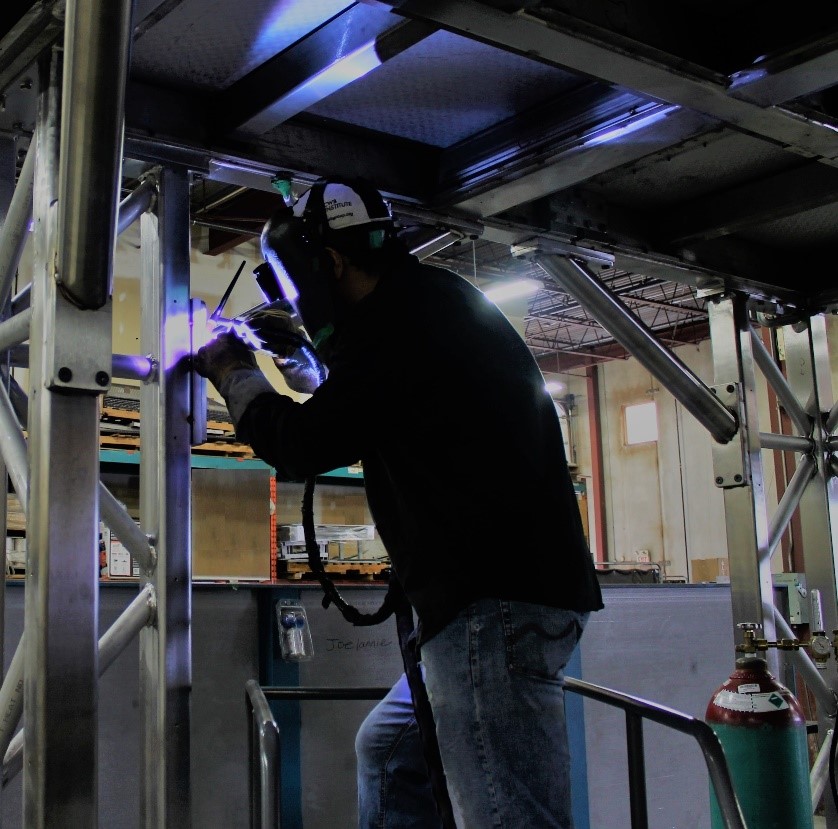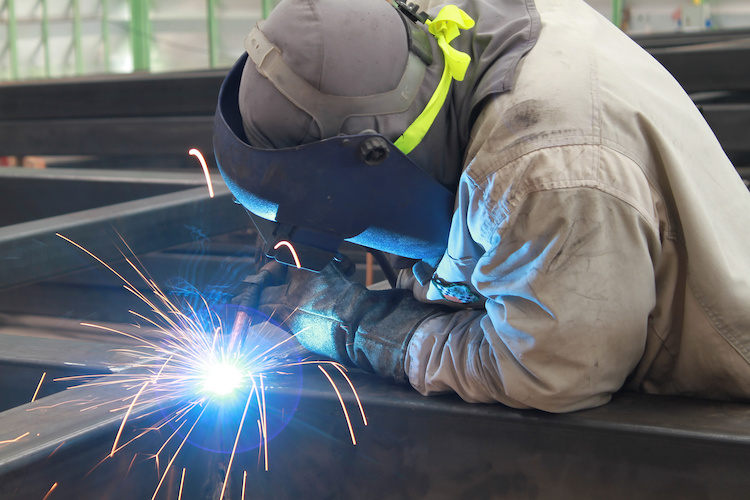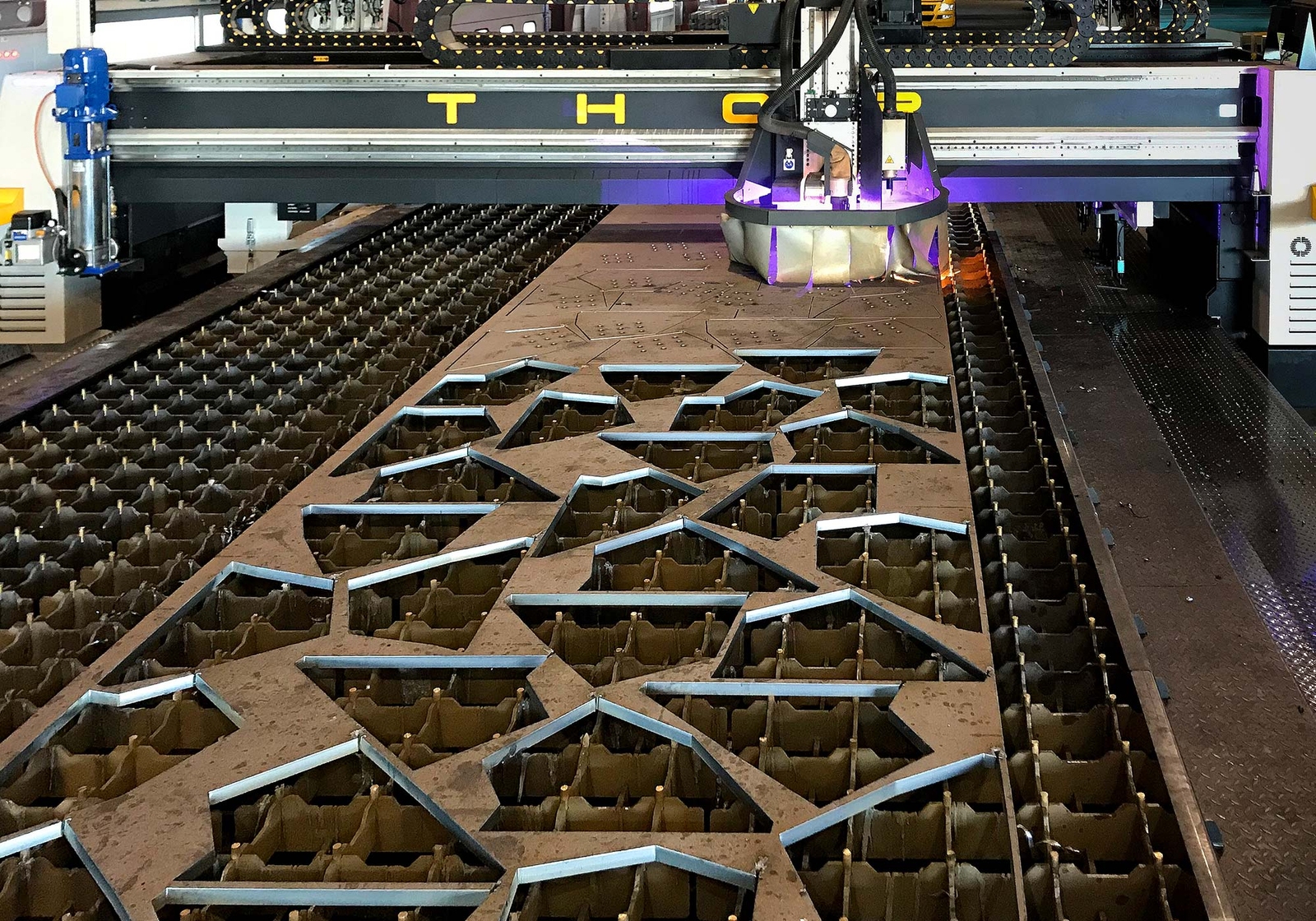Trusted Steel Fixing Services: Making Certain Structural Stability
Wiki Article
Cutting-edge Trends in Steel Construction: Enhancing Toughness and Accuracy
In the realm of steel fabrication, the pursuit of longevity and precision has actually caused a wave of innovative fads that are reshaping the industry. From innovations in welding technologies to the assimilation of robot automation in construction procedures, the landscape of steel manufacturing is evolving rapidly. High-strength alloy advancement, combined with the use of 3D modeling and simulation software program, is pushing the limits of what is attainable in regards to architectural integrity and precision. Furthermore, the growing emphasis on lasting practices in steel manufacturing is not only driving effectiveness however also fostering an extra eco conscious strategy to construction. These patterns are not simply shaping the existing yet also preparing for the future of steel construction, promising more improvements in sturdiness and accuracy.Advanced Welding Technologies
In the realm of steel fabrication, the adoption of advanced welding innovations has actually considerably transformed the industry's technique to attaining superior quality and accuracy in structural welds. Advanced welding technologies, such as laser beam welding and friction mix welding, have actually emerged as game-changers in the field. By leveraging these sophisticated welding methods, steel producers can boost the toughness, toughness, and accuracy of their architectural welds, fulfilling the significantly requiring requirements of modern building projects.Robot Automation in Manufacture
Embracing robot automation has actually come to be a foundation of modern-day steel fabrication techniques, simplifying procedures and boosting effectiveness across the industry. Robotics are changing the way steel elements are produced, offering unmatched precision and rate while reducing human mistake. These automated systems can handle recurring tasks with constant precision, resulting in greater top quality final result.One trick benefit of robot automation in steel fabrication is the capability to function around the clock without fatigue, substantially raising production result. This constant operation reduces downtime and accelerates job timelines, eventually conserving expenses for makers. In addition, robots can be set to do complex tasks that might be challenging or unsafe for human workers, boosting security in the workplace.
Furthermore, robotic automation enables smooth assimilation with various other electronic innovations, such as computer-aided layout (CAD) software and Net of Points (IoT) systems (steel fabrication melbourne). This interconnected method improves interaction in between different phases of fabrication, maximizing process and making certain real-time surveillance and control. As the steel fabrication industry proceeds to develop, robot automation attracts attention as a transformative force driving effectiveness and precision in making processes

High-Strength Alloy Growth
The development of high-strength alloy advancement in steel construction is reshaping the industry's method to improving product toughness and performance. High-strength alloys are engineered to display exceptional mechanical buildings, such as enhanced tensile toughness, toughness, and deterioration resistance contrasted to standard steel qualities. By including these innovative alloys into manufacture procedures, producers can generate parts that withstand greater anxiety degrees and severe settings, causing even more reliable and sturdy final product.One trick advantage of high-strength alloy growth is the ability to lower material density without endangering architectural stability. This not only causes lighter-weight elements however additionally contributes to cost savings and improved performance in manufacture and setting up processes. The enhanced strength-to-weight ratio of these alloys allows for the design and construction of structures with greater load-bearing abilities while reducing overall weight.
3D Modeling and Simulation Software Application
Developments in steel fabrication procedures have actually been significantly pushed by the assimilation of sophisticated 3D modeling and simulation software application tools. These devices permit makers to create in-depth online models of their projects, allowing them to envision the last item with precision prior to any physical work starts.
Lasting Practices in Steel Production
Including sustainable practices right into steel production processes is important for lessening environmental effect and ensuring long-term resource availability. One essential sustainable method is the adoption of energy-efficient innovations to reduce greenhouse gas exhausts throughout the steel production process. This includes making use of renewable resource sources, such as solar or wind power, to power steel plants and carrying out energy-efficient equipment to maximize energy use.One more important aspect of sustainable steel production is the liable sourcing of resources. This includes ensuring that the iron ore and various other sources used site here in steelmaking are acquired from ethical and environmentally friendly resources. By promoting openness in the supply chain and adhering to stringent environmental criteria, steel suppliers can lessen the adverse influences of resource extraction on local environments and neighborhoods.

Conclusion
In conclusion, the cutting-edge patterns in steel manufacture such as sophisticated welding technologies, robotic automation, high-strength alloy advancement, content 3D modeling and simulation software application, and sustainable methods are boosting the toughness and precision of steel products. These advancements are transforming the steel fabrication industry by enhancing sustainability, performance, and high quality. It is clear that the future of steel fabrication lies in welcoming these advanced technologies to meet the needs of modern building and production industries.In the world of steel fabrication, the quest of longevity and precision has actually led to a wave of ingenious trends that are reshaping the sector.In the world of steel fabrication, the adoption of sophisticated welding technologies has actually considerably revolutionized the sector's approach to accomplishing premium top quality and accuracy in architectural welds. As the steel construction sector proceeds to progress, robot automation stands out as a transformative force driving efficiency and accuracy in making processes.
Additionally, reusing and recycling steel scrap and link waste products play a significant role in enhancing the sustainability of steel manufacturing. steel fixing.In final thought, the cutting-edge patterns in steel construction such as advanced welding innovations, robotic automation, high-strength alloy growth, 3D modeling and simulation software application, and lasting methods are boosting the durability and accuracy of steel items
Report this wiki page